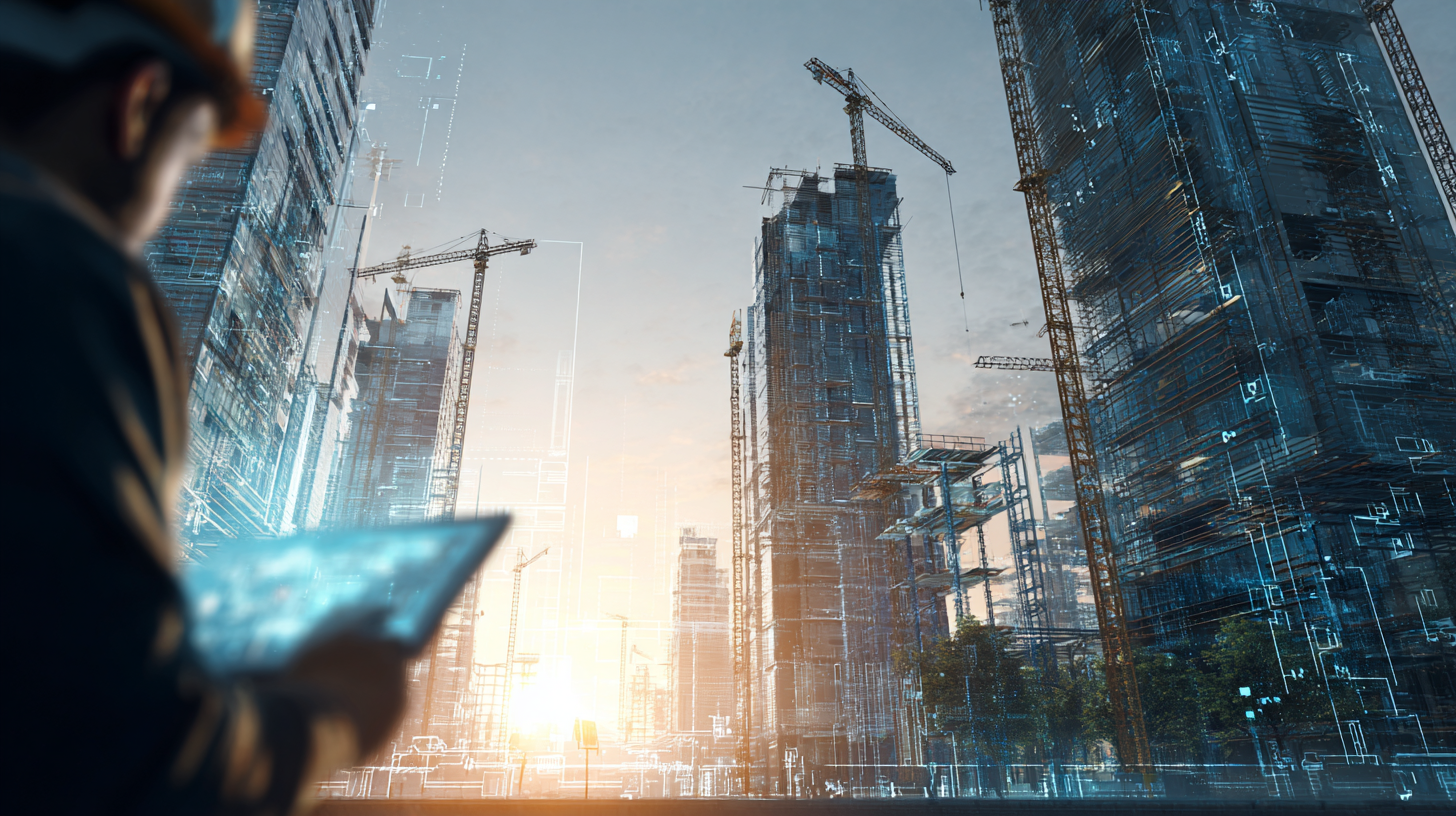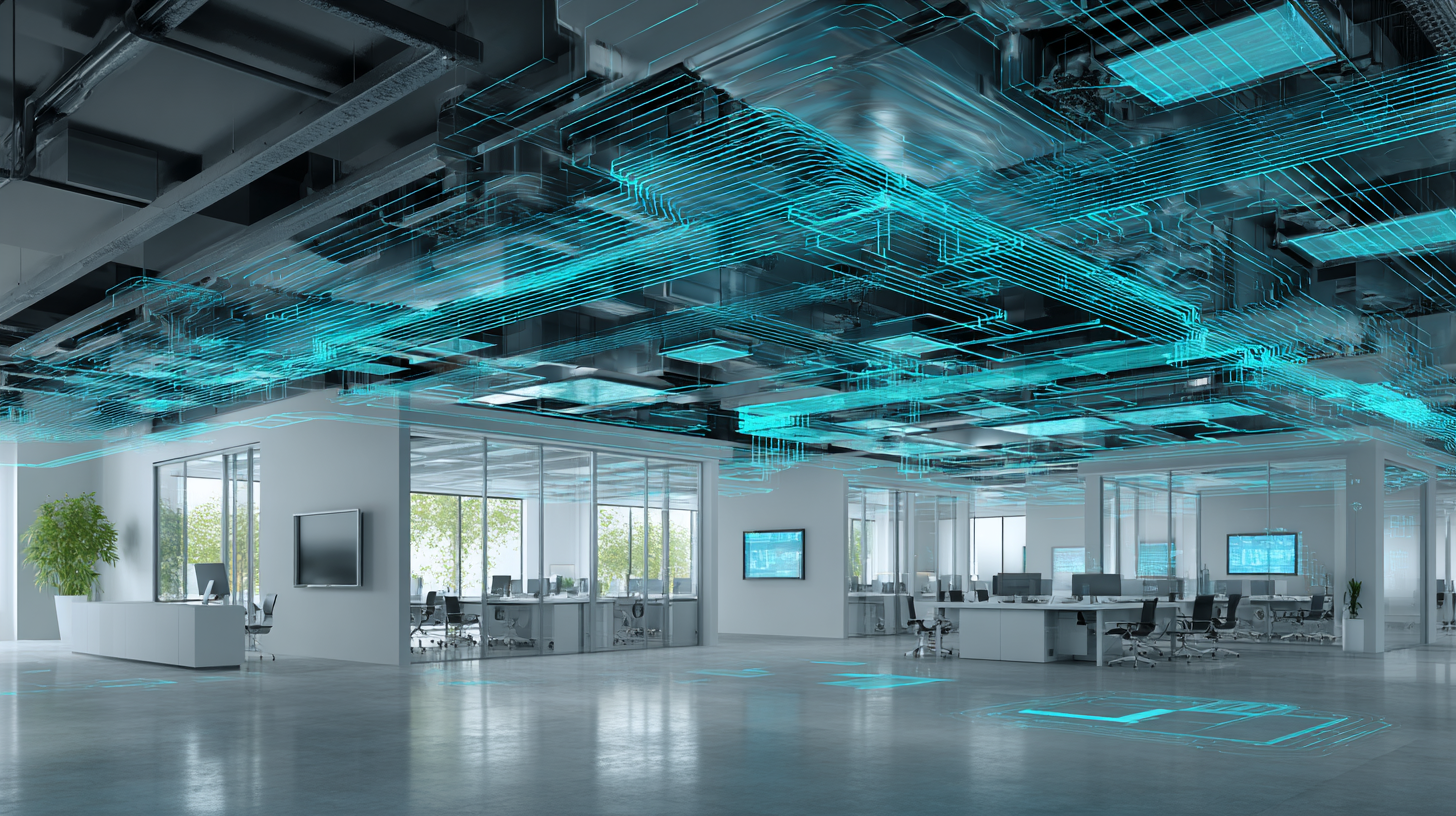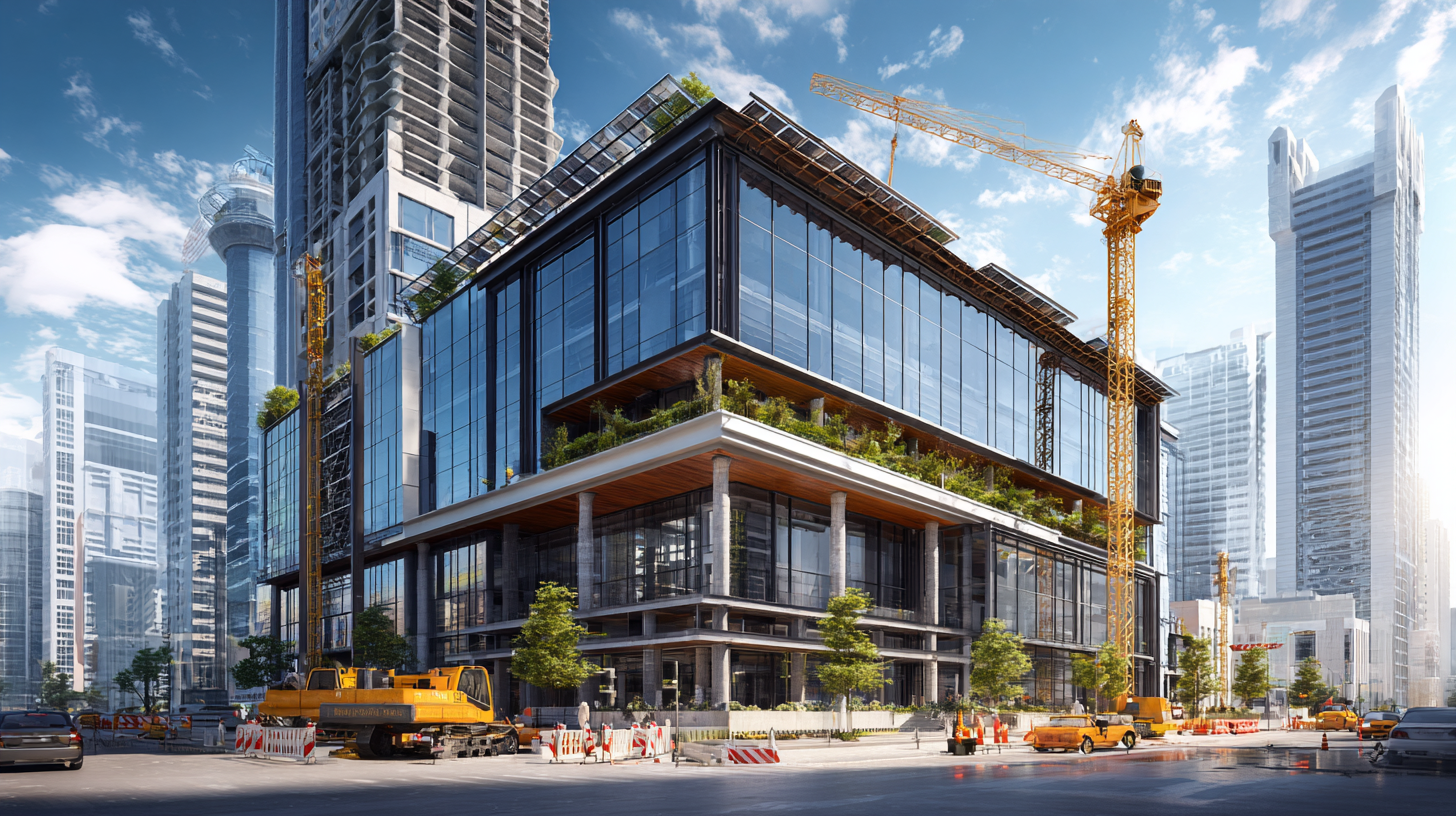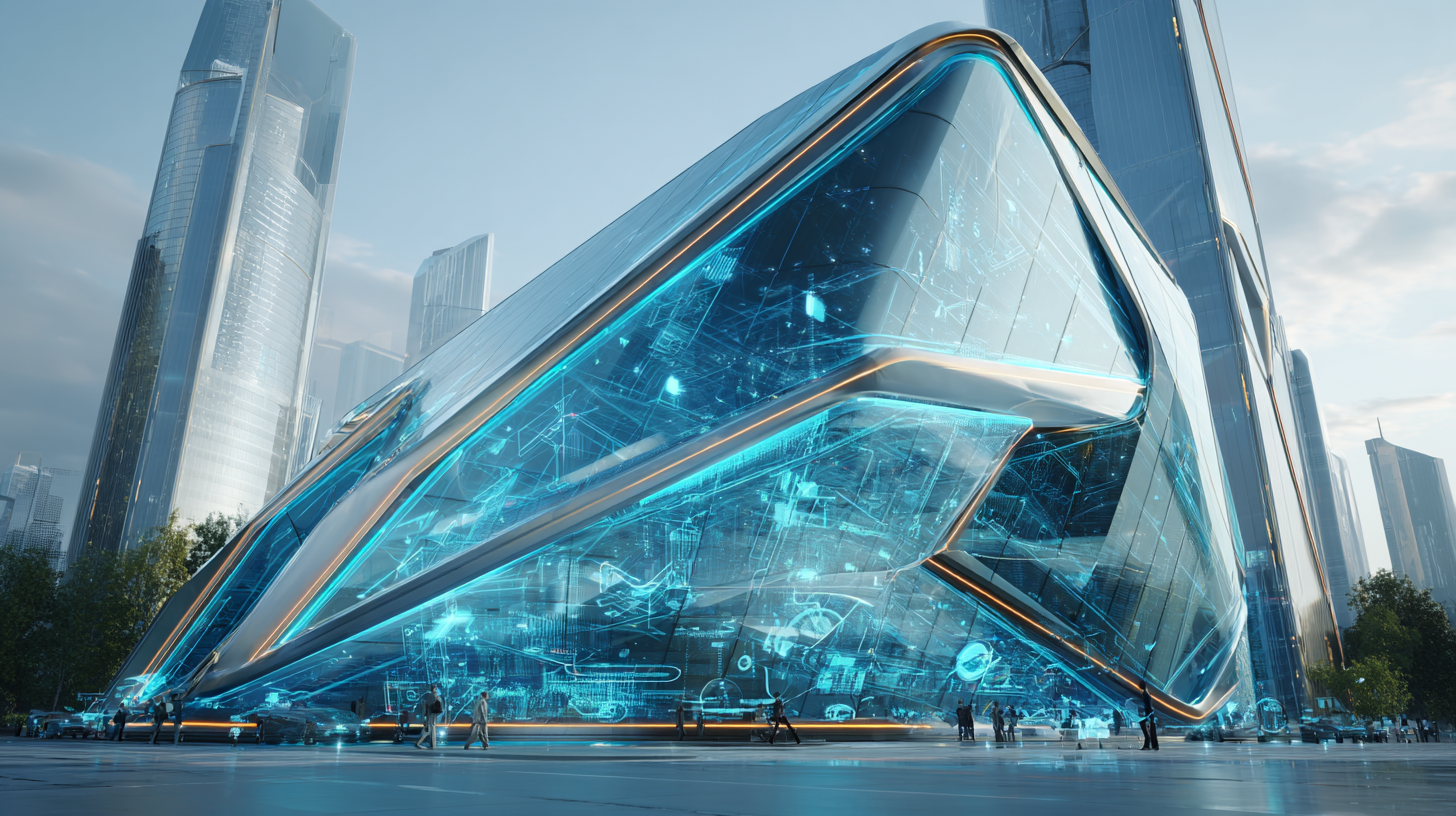
Future Trends in Commercial Construction
The commercial construction industry is experiencing a major shift. With growing demands for sustainability, technological advancements, and greater efficiency, businesses and developers are reimagining how projects are conceived, designed, and executed. Staying on top of the latest trends is no longer optional—it’s essential for remaining competitive and meeting evolving market expectations.
This blog dives into the future-focused trends shaping the commercial construction industry. From green practices to cutting-edge technologies such as IoT and 3D printing, we’ll explore how these innovations are paving the way for smarter, faster, and more sustainable projects.
Sustainable Construction Practices
Green Building Materials
Sustainability is no longer a buzzword; it’s the backbone of modern construction. Developers are increasingly turning to eco-friendly materials like recycled steel, bamboo, and reclaimed wood. These not only reduce the carbon footprint but are also cost-effective in the long run.
Take, for example, homes built using compressed soil bricks or recycled concrete in locales such as Chennai. This trend shows promise in both commercial and home construction industries and is an excellent alternative to traditional materials that heavily contribute to emissions.
Energy Efficiency
Commercial buildings are responsible for nearly one-third of global energy consumption. In response, energy-efficient solutions such as smart HVAC systems, motion-sensor lighting, and enhanced insulation are being quickly integrated. These innovations not only cut operational costs but also help businesses comply with growing government regulations focused on reducing energy use.
Zero-Carbon Construction
Net-zero emissions have become a key objective in the industry. Tools like carbon calculators and construction methods using low-carbon cements or composites help achieve this goal. A recent innovation includes structures powered by renewable energy, such as solar panel systems paired with wind turbines. With many cities worldwide pledging net-zero goals by 2050, this is one trend gaining significant traction.
Smart Buildings and IoT Integration
Internet of Things (IoT) in Buildings
The Internet of Things is transforming commercial spaces into “smart” buildings. Connected devices collect and analyze data in real time, helping streamline resource management. For example, IoT-enabled lighting systems adjust brightness based on natural light conditions, saving energy and enhancing occupant comfort.
Predictive Maintenance Through Automation
Smart sensors and AI tools now allow building managers to address issues before they escalate. Predictive maintenance can reduce repair costs and extend the life cycle of equipment. These systems can detect irregularities in HVAC units or plumbing networks and alert teams instantly, minimizing downtime.
Enhanced Building Experience
By incorporating IoT systems into commercial construction, buildings are becoming more convenient and secure. Facial recognition access, remote-controlled appliances, and environmental monitoring systems improve user experiences, making such smart buildings a standard expectation rather than a luxury.
Prefabrication and Modular Construction
Faster Project Completion
Prefabrication involves creating building components off-site and assembling them at the construction location. This method significantly cuts down project timelines, allowing builders to deliver commercial spaces quicker than with traditional methods.
Scalability and Cost Savings
Modular construction is a game-changer for scalable projects. Developers can add or remove independent units to buildings as needed, cutting costs associated with labor and materials. Its flexibility makes it especially effective for urban development projects.
3D Printing in Commercial Construction
Cost-Effective and Waste-Free
3D printing lowers material wastage by producing only what is needed. With labor shortages continuing to challenge the industry, 3D printing offers an affordable and efficient alternative to traditional practices while maintaining high accuracy.
Custom Designs
Architects now have unprecedented freedom to realize complex designs that were formerly cost-prohibitive. Utilizing 3D printing, developers can create intricate facades or unique interior elements that appeal to clients seeking exclusivity.
Rapid Delivery
Construction timelines can be shortened drastically through 3D printing. For example, office buildings or housing units can be erected in mere days instead of months, depending on the specific project.
Sustainable Urban Development
Mixed-Use Spaces
Mixed-use developments are becoming more common in urban construction projects. Buildings that host both office spaces and residential units, combined with recreational infrastructure, optimize land use while reducing urban sprawl.
Green Urban Design
Cities are moving toward pedestrian-friendly designs complemented by green roofs, energy-efficient streetlights, and urban farming setups. This concept, present even in developing cities like Chennai, aligns with sustainable living goals.
Smart Infrastructure
Urban infrastructure equipped with technology such as real-time public transport systems and automated parking solutions is on the rise. Smart cities are addressing congestion and inefficiency while fostering growth and livability.
Innovations in Labor and Workforce
Automation and Robotics
Automation is taking over repetitive tasks such as bricklaying, roofing, and material relocation. Robots and AI-powered technologies are filling gaps caused by skilled labor shortages while improving efficiency and safety on construction sites.
Upskilling the Workforce
Though automation is reducing the demand for traditional roles, it is amplifying the need for tech-savvy workers. Developers are investing in robust training programs to upskill employees, enabling them to manage AI systems and automated workflows effectively.
AR and VR Innovations in Construction
Immersive Design Visualizations
Augmented reality (AR) and virtual reality (VR) enable architects and developers to showcase lifelike models of buildings before construction begins. Stakeholders can virtually walk through unfinished spaces, making real-time decisions and avoiding costly changes during the build phase.
Precision in Construction Projects
Using VR simulations helps engineers and construction managers anticipate challenges, improve teamwork, and optimize resources effectively in real-time. This has led to better project outcomes and higher client satisfaction.
Resilient Construction Against Climate Change
Disaster-Resilient Designs
The future emphasizes building structures that withstand extreme weather events. Innovations include flood-proof foundations, fire-resistant materials, and earthquake-proof frameworks tailored for high-risk zones.
Adapting to Rising Challenges
Urban planners and developers must now accommodate rising sea levels, heatwaves, and intensified storm activity within their construction blueprints. By incorporating adaptive strategies, companies can ensure sustainable growth amid climate challenges.
Preparing for the Future
The evolution of the commercial construction industry is being shaped by groundbreaking innovations and sustainability efforts. Professionals who adapt to and implement these trends will not just remain competitive but will also contribute to a more efficient, eco-friendly future.
To stay ahead in this dynamic industry, prioritize continuous learning, collaboration with experts, and investing in smart practices. Leverage these strategies not just to keep up but to lead the future of commercial construction.



